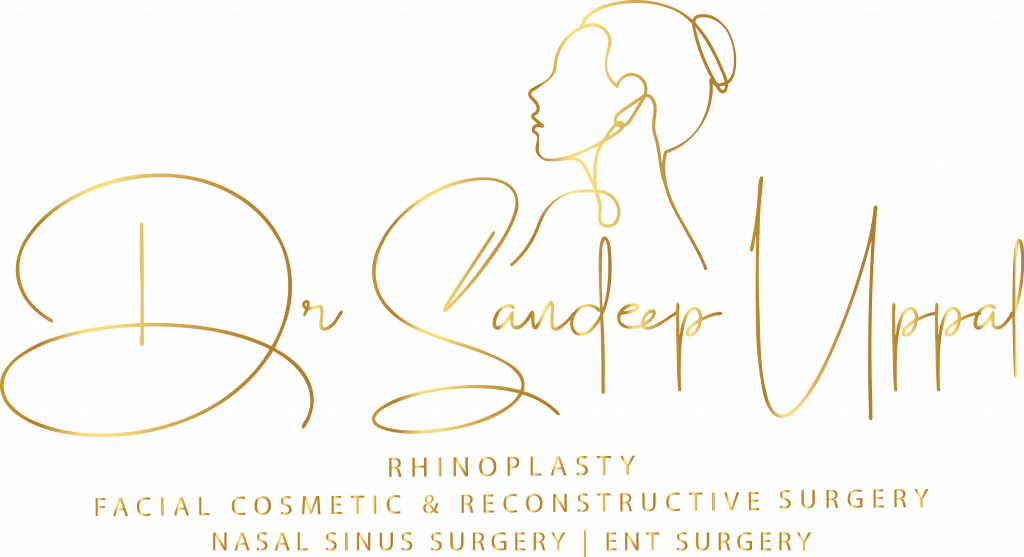DIFFERENCES BETWEEN SNORING AND OBSTRUCTIVE SLEEP APNOEA
Snoring and obstructive sleep apnoea (OSA) are often confused due to their similar manifestations involving the respiratory system during sleep. However, they are distinct conditions with different clinical implications. Dr Sandeep Uppal and his team are skilled in distinguishing between the two and providing appropriate treatment for each.
SNORING
- Definition: Snoring is the sound produced by the vibration of soft tissues in the throat and nasal passages during sleep. It is typically continuous and occurs during the inhalation and exhalation of breath.
- Causes: It can result from various factors, including nasal congestion, obesity, alcohol consumption, and sleep position.
- Symptoms: The primary symptom is the snoring sound itself, which can vary in volume and pattern. There may be no other associated symptoms.
- Impact: While snoring can be disruptive to sleep quality for both the individual and their partner, it is generally not considered a medical emergency unless it is a symptom of OSA or another underlying condition.
- Treatment: Often managed through lifestyle changes, anti-snoring devices, or, in severe cases, surgical interventions.
OBSTRUCTIVE SLEEP APNOEA (OSA)
- Definition: OSA is a serious sleep disorder characterized by repeated interruptions in breathing during sleep due to a temporary blockage of the airway.
- Causes: Like snoring, OSA can also be caused by obesity, but it is often exacerbated by other factors like anatomical abnormalities, muscle relaxation, and other medical conditions.
- Symptoms: Apart from snoring, OSA is associated with symptoms like choking or gasping for air, long pauses in breathing, daytime sleepiness, irritability, and morning headaches.
- Impact: OSA can lead to a range of health complications, including cardiovascular disease, hypertension, and increased risk of accidents due to poor concentration and daytime sleepiness.
- Treatment: More complex and often requires the use of Continuous Positive Airway Pressure (CPAP) machines, Bi-Level Positive Airway Pressure (BiPAP) devices, or even surgical interventions.
KEY DIFFERENCES
- Breathing Interruptions: Snoring is usually continuous, while OSA involves frequent pauses in breathing.
- Daytime Symptoms: OSA often leads to noticeable daytime symptoms like extreme fatigue and irritability, which are generally not present in cases of simple snoring.
- Health Risks: OSA carries significant health risks and often requires medical intervention, while snoring is generally less severe but may still warrant treatment to improve sleep quality.
TAKE CONTROL OF YOUR SNORING AND OBSTRUCTIVE SLEEP APNOEA (OSA)
Given the prevalence and potential complications associated with snoring and obstructive sleep apnoea (OSA), it’s essential to seek specialized care. Dr Sandeep Uppal and his dedicated team are here to provide expert assistance.
Don’t wait any longer—take proactive steps to manage snoring and OSA effectively. Our multidisciplinary approach combines medical expertise with cutting-edge technology, offering a comprehensive range of services designed to diagnose and treat both snoring and OSA, addressing their underlying causes. Regain control over your sleep and overall health—act now.


